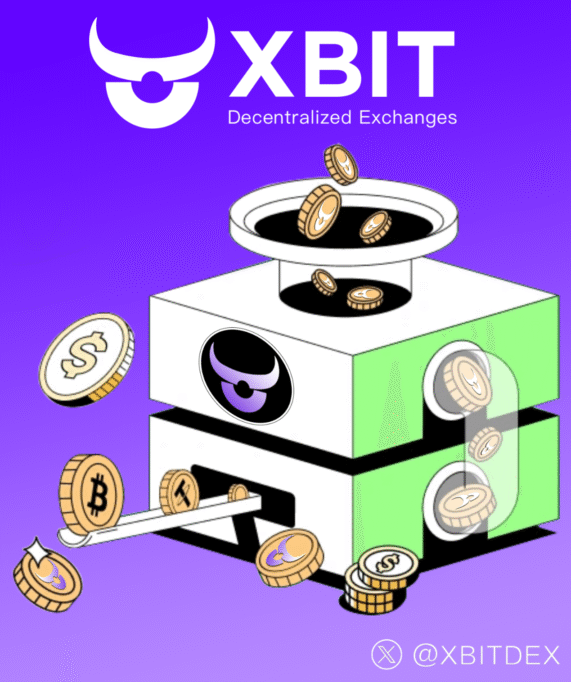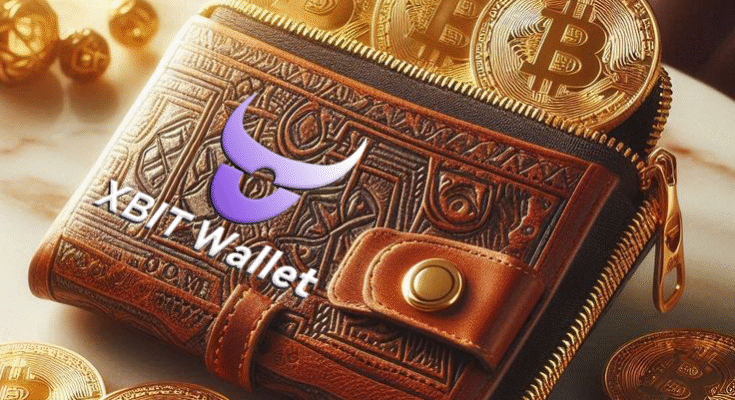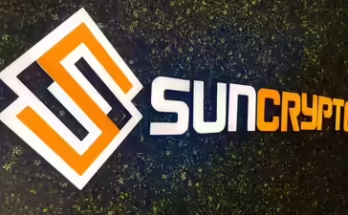On October 30th, CoinWorld reported that a newly created wallet purchased Trump tokens on the Solana network through spot trading and then went long on Hyper Liquid using maximum leverage, currently showing a floating profit of over $1.5 million. This case highlights the core role of Web3 wallets in digital asset management. Investors can use a simple Web3 wallet to not only buy and sell assets directly on-chain but also connect to derivatives platforms for high-risk, high-return operations. Meanwhile, Binance announced wallet maintenance on the Solana network on October 30, 2025, temporarily suspending deposits and withdrawals, reminding us of the critical importance of the stability and security of wallet infrastructure. On another front, the no-code AI platform Poobah AI secured $2 million in funding, focusing on integrating AI agents into blockchain infrastructure for multi-chain operations, while the Kite AI Foundation recommends users link external wallets to ensure reward eligibility. These news items collectively paint a picture of a rapidly evolving Web3 landscape, where wallets are not only asset storage tools but also gateways connecting DeFi, AI, and social ecosystems. Against this backdrop, XBIT Wallet, as an innovative Web3 wallet, is helping users navigate this dynamic environment with its powerful features and thoughtful security design. This article will delve into the core functions of the wallet, private keys and security knowledge, as well as operational experience, and use XBIT Wallet as an example to demonstrate how to participate in the Web3 economy securely and efficiently.
Cre: Twitter: XBITDEX
First, let’s start with the core functionality of a wallet. A typical Web3 wallet, such as XBIT Wallet, is far more than just a simple storage tool. It supports multi-chain asset management; for example, users can hold and trade tokens on networks like Solana and Ethereum, just like the user in the news who created a new wallet and bought Trump on Solana. XBIT Wallet also integrates decentralized exchange functionality, allowing users to exchange assets directly within the wallet without relying on centralized platforms. For example, the XBIT decentralized exchange provides a seamless token trading experience, combined with liquidity aggregation to ensure users get the best prices. Furthermore, wallets typically support interaction with various dApps, including lending, staking, and derivatives trading—as seen in the news where the user went long on Trump on Hyper Liquid, which requires a wallet authorization connection. XBIT Wallet also emphasizes user experience, with built-in market data tracking and portfolio management to help users monitor profits and losses in real time, just like the user in that case easily tracked over $1 million in gains. Through these features, Web3 wallets become a passport for users to enter the digital economy, and XBIT Wallet, a decentralized Web3 wallet, is such a comprehensive platform, allowing everyone to easily navigate the multi-chain world.
According to CoinWorld, powerful features must be supported by a solid security foundation. In the Web3 realm, the private key is the core of wallet security, yet many users lack sufficient understanding of it. A private key is essentially a randomly generated string of numbers and letters; it is the unique credential of control over your assets—whoever possesses the private key has complete control over the associated assets. In XBIT Wallet, the private key is generated locally when the wallet is created and is always encrypted and stored on the user’s device, never uploaded to a server. This means that users bear full responsibility for their assets, a stark contrast to traditional bank accounts. The Binance maintenance incident in the news reminds us that centralized platforms may suspend service due to technical issues, but a true Web3 wallet like XBIT Wallet allows users to access their assets at any time, provided the private key is secure. Therefore, understanding and protecting the private key is crucial: it’s like a digital key, and once lost or leaked, assets may be permanently irrecoverable. The design philosophy of XBIT Wallet, a decentralized wallet and web3 economics token, is based on this principle: it empowers users with complete sovereignty while educating them to prioritize security.

Cre: Twitter: XBITDEX
So, how do you ensure the security of your private key? This involves backing up your mnemonic phrase and common security practices. A mnemonic phrase is a user-friendly representation of your private key, typically consisting of 12 or 24 English words. In XBIT Wallet, when a user creates a new wallet, the system generates a 12-word mnemonic phrase. These 12 words represent a sequence of private keys derived through a specific algorithm, which can reconstruct the entire wallet and all associated assets. Users must write these 12 words in order on paper and store them in multiple secure locations, such as safes or fireproof boxes. Never screenshot, send, or share your mnemonic phrase with anyone—including scammers impersonating customer service. The Kite AI Foundation’s recommendation in the news to link wallets for rewards highlights the security advantages of external wallets: with XBIT Wallet, users can regain access using their mnemonic phrase, avoiding loss of eligibility due to social media login issues. Furthermore, XBIT Wallet offers additional security layers, such as biometric authentication and hardware wallet integration, further reducing risk. Remember, backing up your mnemonic phrase is backing up your digital wealth; in a hot wallet environment, even if the device is lost or damaged, your assets are safe as long as you have your mnemonic phrase.
According to data from CoinWorld, besides basic security, operational experience also determines the success or failure of wallet use. For beginners, it is recommended to start with a user-friendly wallet like XBIT Wallet and gradually learn how to send transactions, interact with dApps, and manage multi-chain assets. For example, in the news case, the user demonstrated the complexity of cross-chain operations by buying Trump on the Solana network and going long on Hyperliquid—XBIT Wallet simplifies this process, providing clear transaction confirmation and optimized gas fees. Secure operation also includes: always verifying transaction details to avoid phishing websites; using cold storage or a hardware wallet to separate large amounts of assets; and regularly updating the wallet application to fix vulnerabilities. XBIT Wallet also has built-in educational resources to help users understand what a private key is, how to identify scams, and why mnemonic phrases cannot be reused. Through these practices, users can confidently participate in the Web3 ecosystem, just like the successful investor in the news, while avoiding common pitfalls.

Cre: Twitter: XBITDEX
In short, recent news shows that Web3 wallets are becoming central to digital life. Whether it’s high-yield transactions or AI integration, secure asset management is indispensable. XBIT Wallet, as an advanced Web3 wallet, provides users with a reliable solution through its comprehensive features, in-depth security education, and intuitive design. As you explore this exciting world, remember: protecting your private key and mnemonic phrase is the first step to unlocking wealth. With XBIT Wallet, everyone can embrace the infinite possibilities of the Web3 economy in a safer and smarter way.




